(Panel) composite paper, ash wood [4” x 48”]
(Box) pallet, pallet wood, spray paint, nails [48” x 24” x 24”]
This project was first presented in 2016 in Boulder, Colorado. Prints available on request.
Artist Statement
Quarantine: Examining the Impact of Globalization
“Quarantine” examines one node in the complex network of human globalization. The work reflects on the repercussions of global trade and encourages discussion about the benefits - and tradeoffs - that globalization has brought the human species.
At the core of the project lies the Emerald Ash Borer (EAB), an invasive insect that has left a trail of devastation across millions of ash trees in the United States. Native to Asia, the EAB hitchhiked its way onto American soil through wooden packing materials. It made its debut in Boulder in 2013 - threatening the existence of nearly 100,000 ash trees in the area. To curb further spread, the federal government imposed a quarantine on all ash wood from affected regions.
As one contemplates the interplay between the various elements of the piece, they should aim to explore their own moral frameworks and seek to dive deeper into questions on progress, connection, and preservation.
“Quarantine” is presented through two elements, each narrating a unique chapter of this ecological saga:
The ash wood panel aims to mimic the characteristics of the EAB’s destruction. The panel is adorned with a font that mimics the signs of infestation and illustrates the relentless assault this tiny creature is causing.

The text is rendered in midnight black, creating a deliberate contrast to that of which it lies—a dialogue between organic and artificial. The word “Quarantine” is displayed as the focal point of the panel to demonstrate a literal interpretation of ‘quarantine on ash’. As viewers engage with the panel they confront the dual forces. Nature’s vulnerabilities and humanity’s impact.
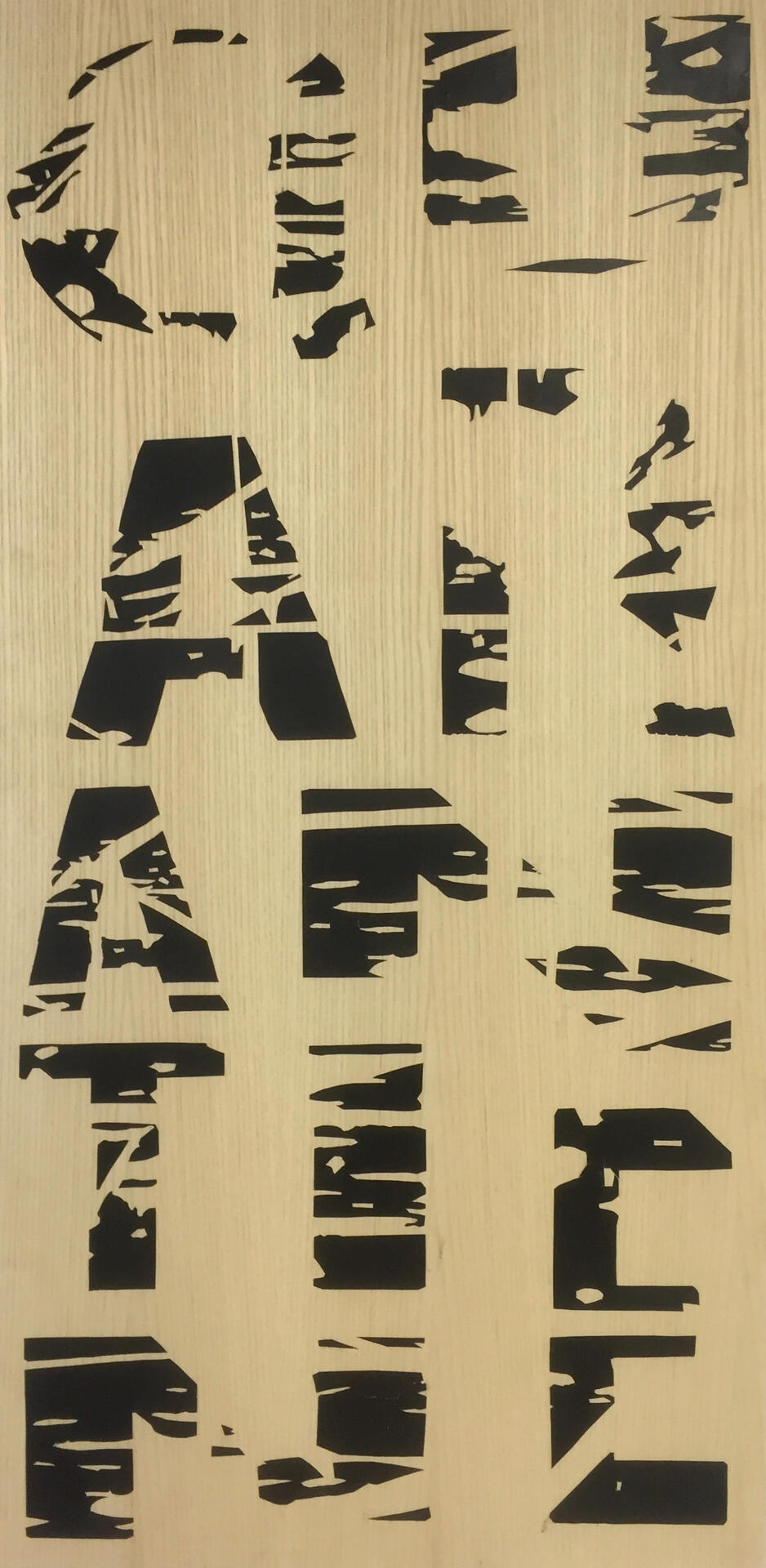
The box stands as a tangible representation of the method of infestation. It symbolizes not only containment, but also the globalized trade that facilitated the EAB’s journey in the first place. Its worn and gritty appearance mirrors the ecological (and economic) damages caused by this innocuous-seeming insect. On one side of the box, a bright red symbol hints at a potential warning to the destination of the ill-fated crate. The top reads 'destruction' in all bold caps. Something feels off.
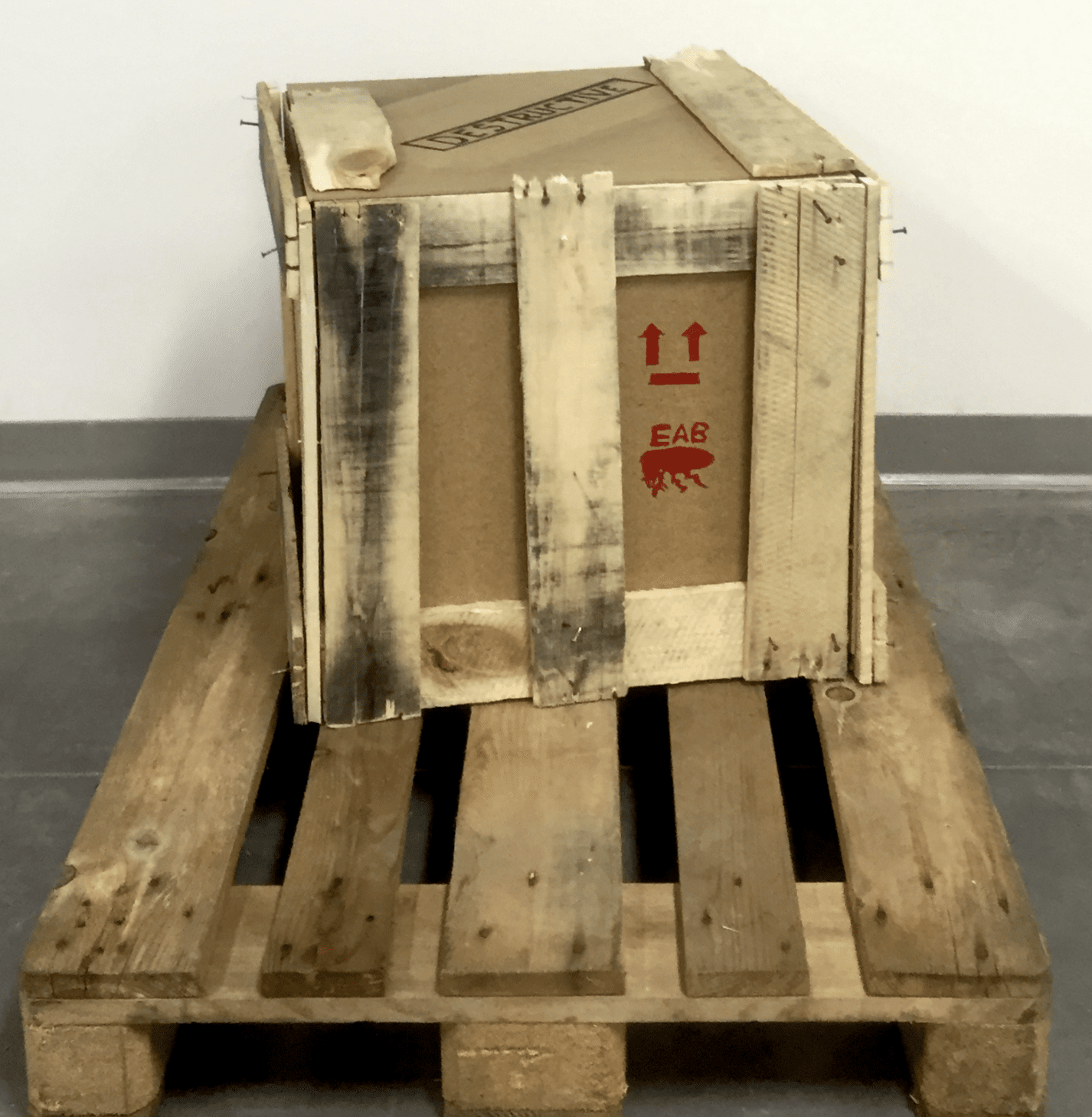
Globalization, while propelling forward incredible human progress and prosperity, has also created undeniable disruptions to ecosystems and biodiversity around the globe. The EAB saga serves as just one case study into the larger topic at hand, revealing the unintended consequences of our interconnected world.
Additional Photos
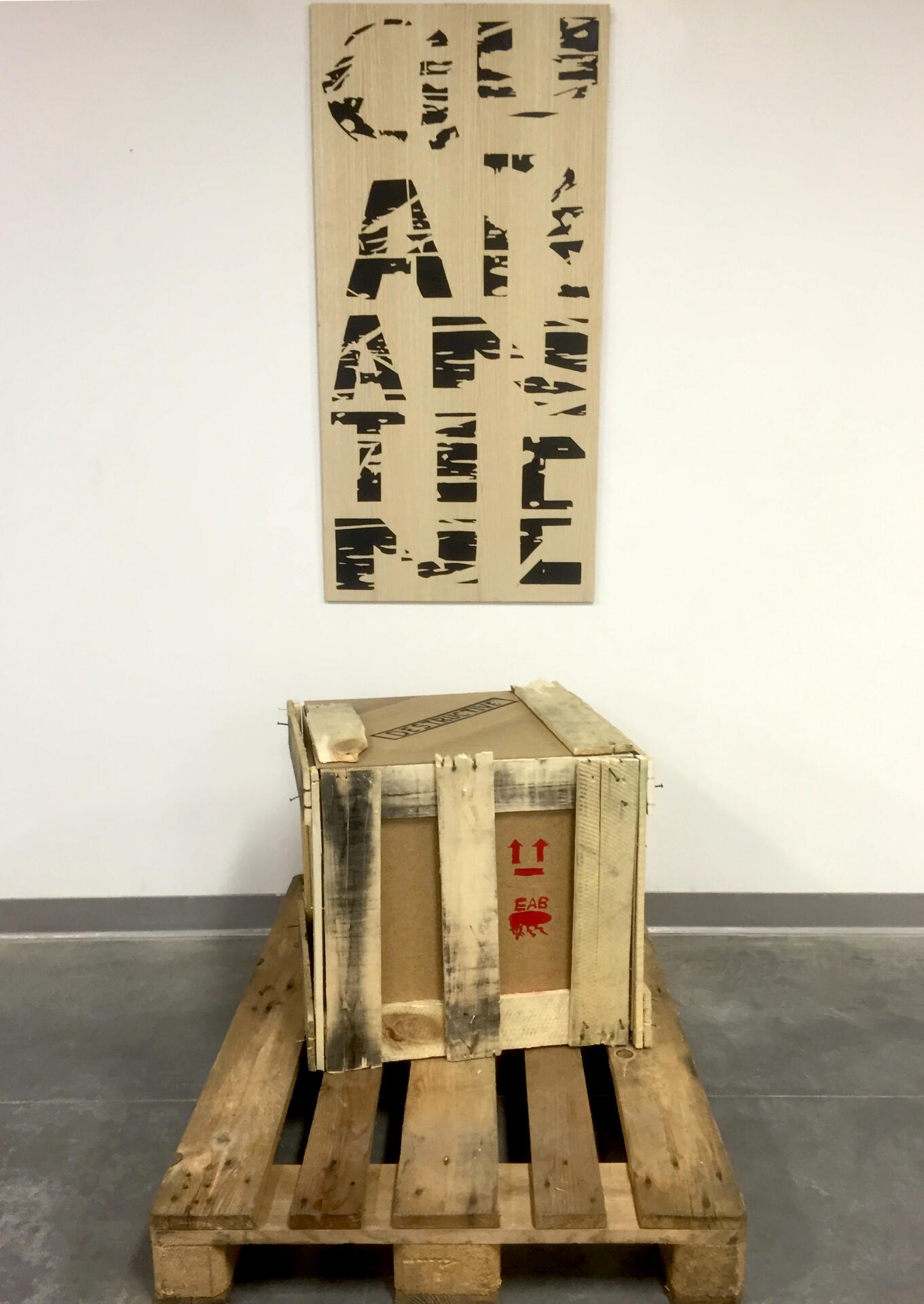
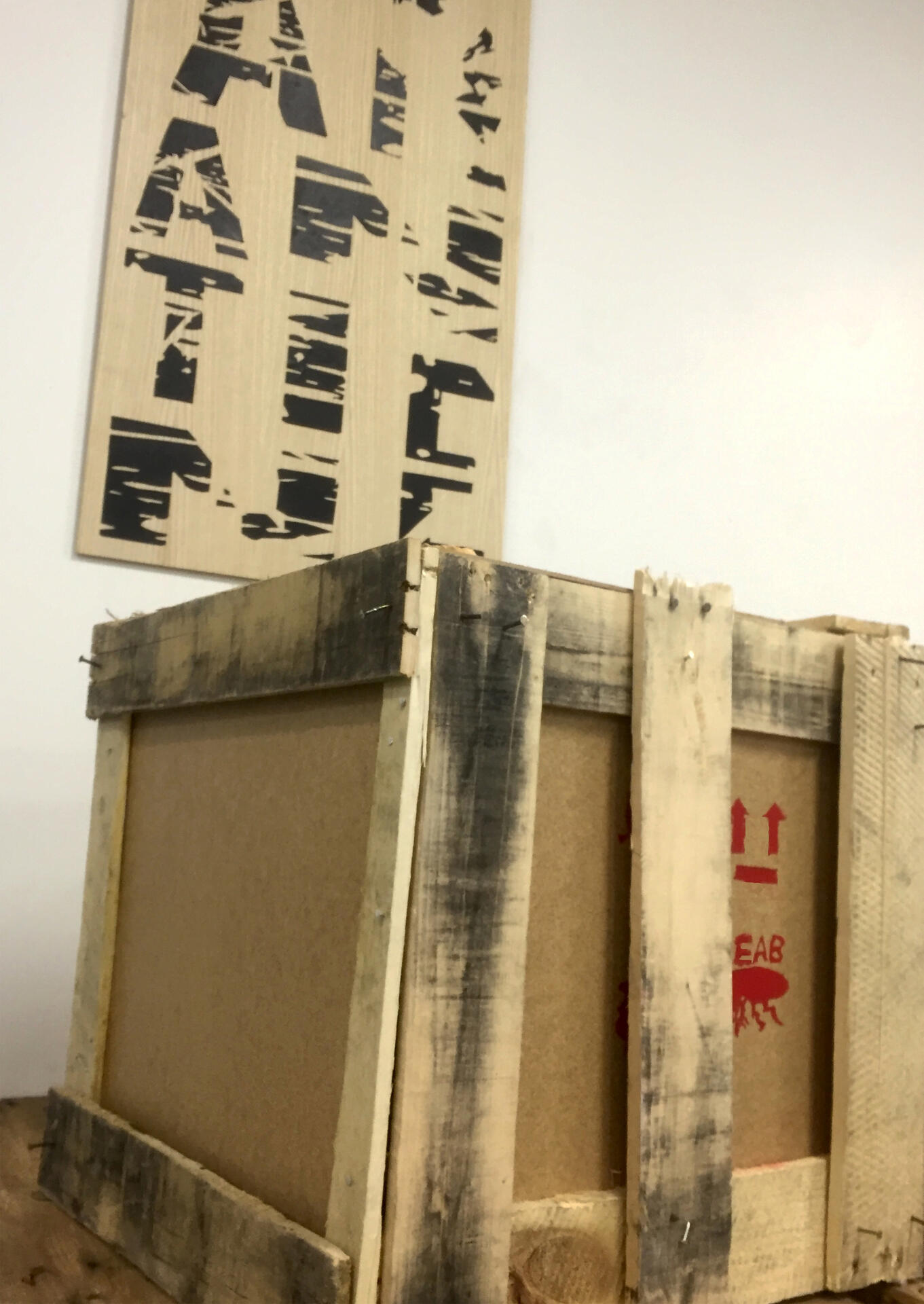
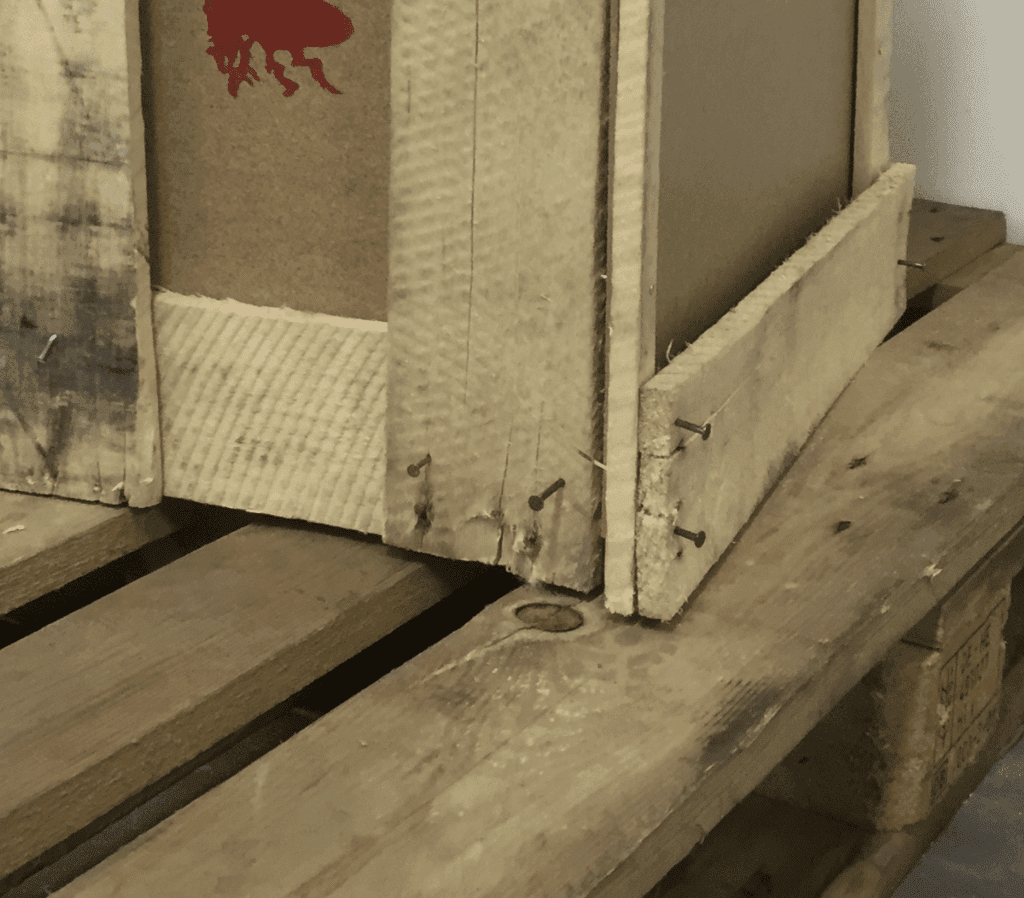
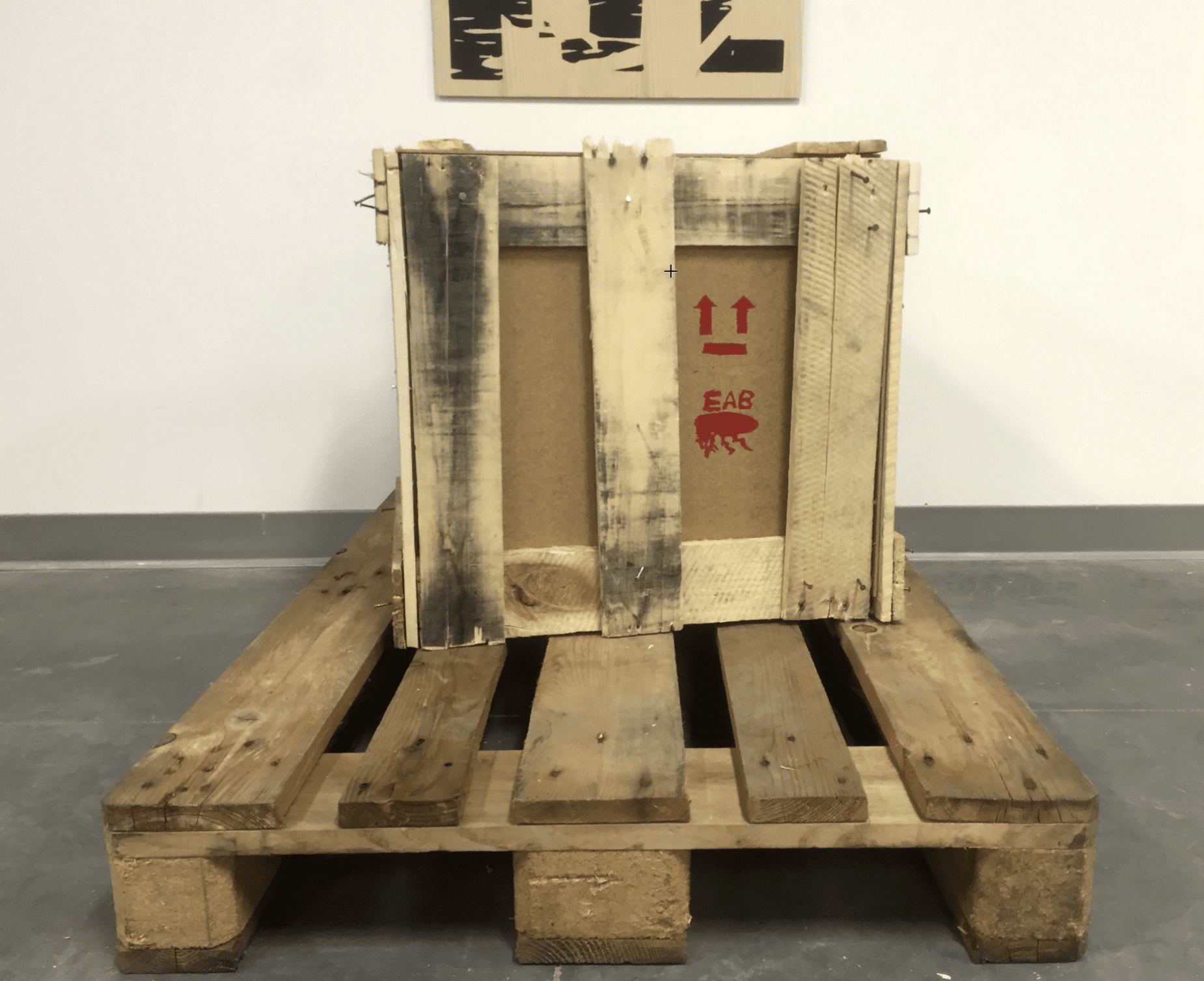
Other Sculptures by Hes
More from Hes
All images are credit of Hes, but you are free to download and use for any purpose. If you find joy from my art, please feel free to send a zap. Enjoy life on a Bitcoin standard.


![“Invasive” (Site/Non-Site) - Artist Statement + Photos [2016]](https://image.nostr.build/f60d57772c8f97704666934c9e25a0c206c8daabd7560237fdf0fe8f9d21f87f.jpg)
!["Rockway" (Micro v. Macro) - Artist Statement + Photos [2016]](https://image.nostr.build/49ea3bc2266fe77091a60aa7e6ba251979e88f8fb7dba65d4f8e25d5ad6f324e.jpg)
!["KYOTO // NIGHTVISION" (City Series) - Photos [2019]](https://image.nostr.build/12b7fc872ec0c151a6d2d0f080a82ee5565ba5012478e14923d911de1dced2e0.jpg)